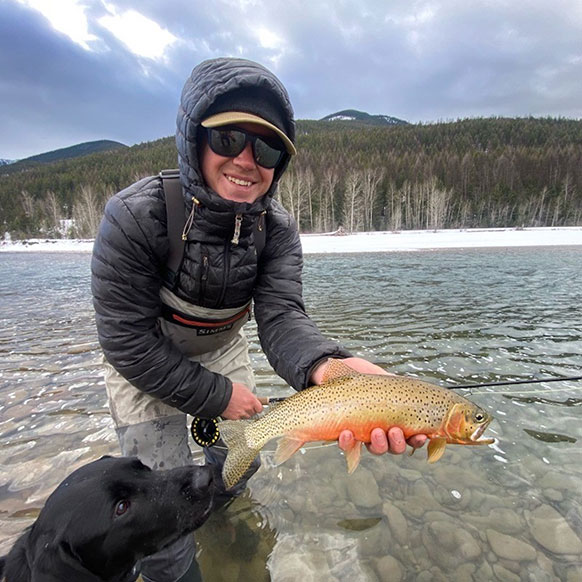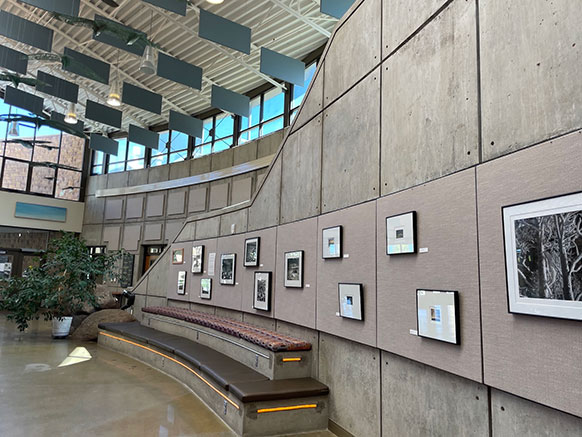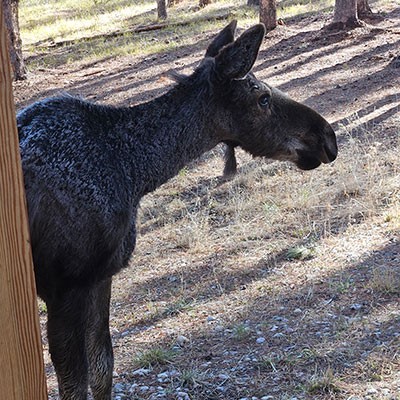Mullen Wildfire Community Science Initiative Launched with Public Wilderness Hike

47 people gathered in the Six Mile Gap parking lot on Saturday morning, ready to learn more about the burn scars we could see on the hilltops across the Platte River. First we learned a bit about cheatgrass, a plant native to the Eurasian steppe that has become incredibly invasive and damaging to western ecosystems. We passed around a live, contained sample of cheatgrass, and some cheatgrass in its senescent form. We made our way down the hill towards the river, where we stopped to learn about fire ecology. Right in front of us was a great example of one of the many adaptations native plants have to survive in ecosystems with fire—willows sprouting, cloned versions of themselves, after being burned in the Mullen Fire. After a great discussion, we continued down the Platte River Trail, stopping in front of a slope with excellent examples of sagebrush habitat—and, unfortunately, invasive cheatgrass. We learned about how incredibly diverse and important sagebrush ecosystems are, despite them not always being “charismatic” to look at, and how cheatgrass is the biggest threat impacting sagebrush ecosystems throughout the west. We also learned to look below the surface, at the trillions of microorganisms contained in a small sample of soil. Although invisible to the naked eye, these microorganisms are invaluable symbionts to native plants found in this ecosystem. After making our way back up the steep hill to the parking lot, we learned about Tanner Hoffman’s research which ties all of the elements we just learned about together, and how we can participate in monitoring for cheatgrass and microorganisms next spring and summer.
Share This Post

Social Media
Latest News



Archives
- All
- October 2025
- August 2025
- July 2025
- June 2025
- May 2025
- April 2025
- March 2025
- February 2025
- January 2025
- November 2024
- October 2024
- September 2024
- August 2024
- July 2024
- June 2024
- May 2024
- April 2024
- March 2024
- February 2024
- January 2024
- December 2023
- November 2023
- August 2023
- July 2023
- April 2023
- September 2022
- August 2022
- July 2022
- June 2022
- May 2022
- April 2022
- March 2022
- February 2022
- January 2022
- December 2021
- November 2021
- October 2021
- September 2021
- August 2021
- May 2021
- April 2021
- March 2021
- October 2020
- August 2020
- July 2020
- January 2020
- March 2019


